5 Tools to Permanently Set Process Priority in Windows
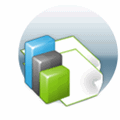
If you’re looking to permanently set priority Windows 11, adjusting the priority of processes can help optimize your system’s performance.
By selecting the right priority level for your programs, you can ensure critical tasks get the CPU time they need, boosting efficiency and preventing slowdowns during multitasking.
Best Process Priority Saver Tools
1. Prio – Process Priority Saver for Task Manager
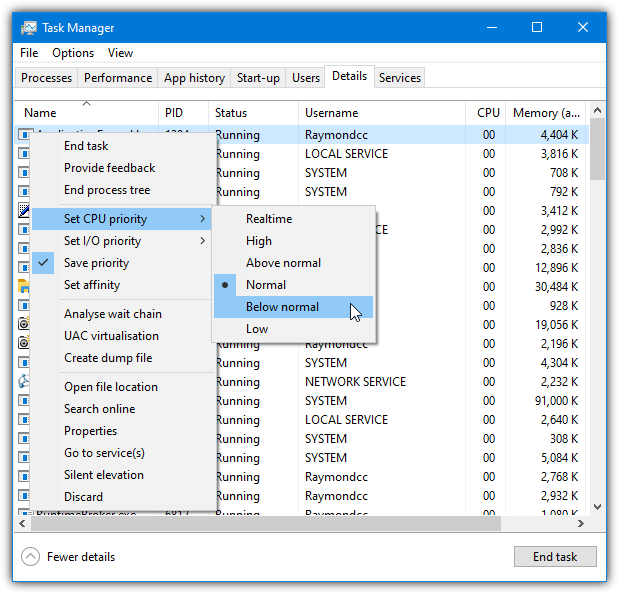
- Operating System: Windows 7 and above
- Pricing: Free
- Developer: O&K Software
Prio is a straightforward solution to the common issue of Windows Task Manager not saving process priorities.
This tool is an add-on for Task Manager, enabling it to save priority settings without running a separate program.
Once installed, simply reboot your computer for Prio to activate. Setting a permanent priority is easy—just go to Task Manager’s Details (Windows 10) or Processes tab (Windows 7), right-click the process, and select the priority level. The “Save Priority” option is enabled by default.
Prio helps you permanently set program high priority for tasks requiring more CPU time and allows you to set app priority Windows 11 to enhance overall system efficiency.
2. Process Hacker – Best Tool to Replace Task Manager
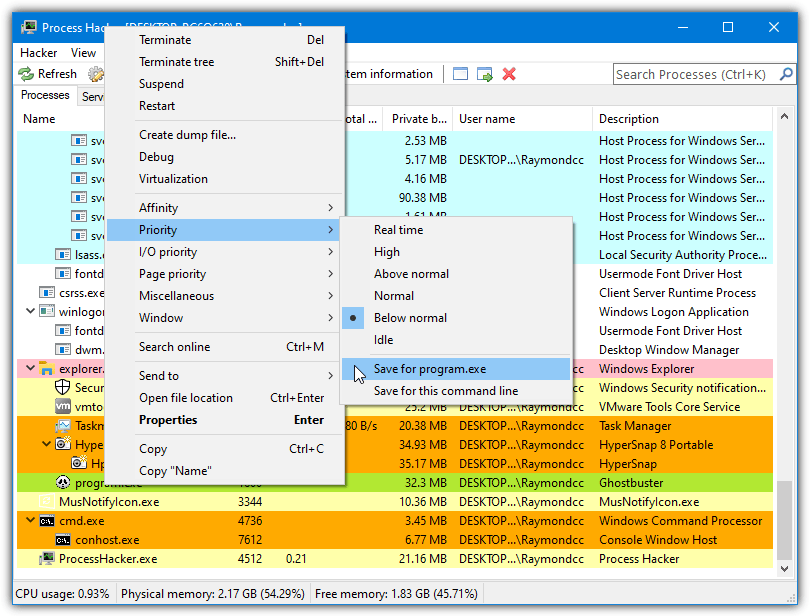
- Operating System: Windows 7 and up
- Pricing: Free; Open-source
- Developer: Winsider Seminars & Solutions, Inc.
Process Hacker is a powerful alternative to Task Manager, offering advanced tools for task and process management. Since version 2.30, it allows you to save priority settings for specific processes.
Right-click a process, set the desired priority, and check “Save for this executable” to remember it in future sessions.
Using Process Hacker, you can set CPU priority Windows 11 and increase process priority Windows 11 for demanding tasks.
3. Process Tamer – Simple Process Management Utility
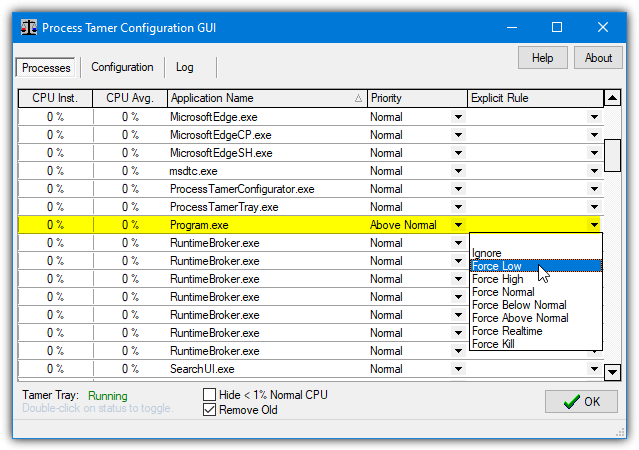
- Operating System: Windows 7 and up
- Pricing: Free
- Developer: Company Name
Process Tamer automatically adjusts process priorities based on CPU usage, but it also lets you manually set priorities. To make the tool remember a priority, simply select the process from the drop-down menu and choose your desired setting. The program is lightweight, and while its auto-adjust feature may not work perfectly, the manual setting does.
With Process Tamer, you can permanently set Task Manager priority, ensuring that you don’t have to adjust it manually each time.
Download Process Tamer | Process Tamer Beta
4. Bill2’s Process Manager – Automatically Adjust Process Priorities
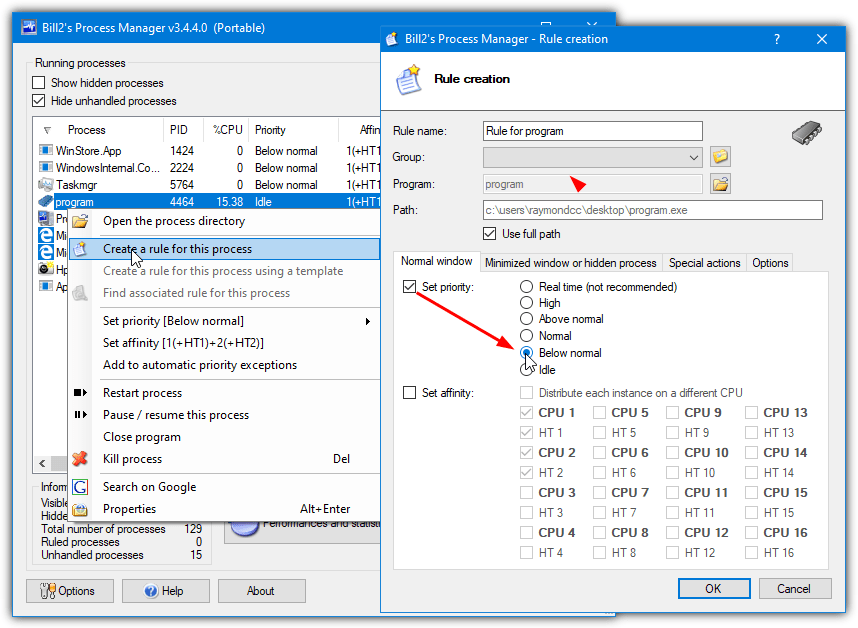
- Operating System: Windows 2000 and above
- Pricing: Free
- Developer: Bill2 Software
Bill2’s Process Manager offers automatic priority adjustments based on CPU usage. However, you can disable this feature and manually set custom priority rules. By right-clicking a process, you can create a rule and set the desired priority. This tool works best for users who want to automate or manually control priorities for specific applications.
Bill2’s Process Manager is an excellent tool to permanently set program high priority for critical tasks on your system.
Download Bill2’s Process Manager
5. System Explorer – Keep Track of System Health and Process Priorities
- Operating System: Windows 7 and up
- Pricing: Free
- Developer: System Explorer Team
System Explorer is a robust process management tool that lets you set app priority Windows 11 and easily save these settings across sessions.
It also offers detailed system resource reports, logs, and health checks, making it a versatile tool for managing priorities.
Windows is a multitasking operating system that manages processes to boost performance. Besides Affinity, which allocates CPU cores, priority determines the CPU time a process gets. For instance, video encoding can take precedence over your web browser. You can change priority in Task Manager easily.

On older PCs or laptops, high-priority processes can hog CPU time. Even system tasks like Windows Update may cause slowdowns. Tools like Process Lasso try to automate priority management, but with mixed results.
Also read: Best tools to reduce CPU usage
Task Manager resets process priorities on restart. So, how to permanently set priority in Windows 11? Use the tools above.
For additional insights into optimizing your Windows system, you can also explore this guide on how to clear and disable jump lists in Windows 7.





User forum
53 messages